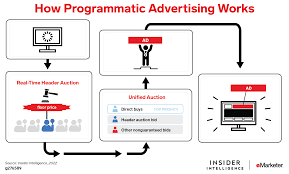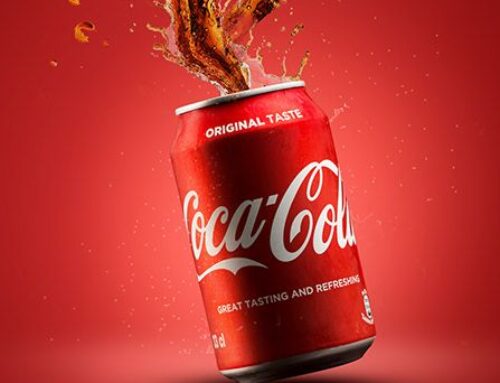🎯 What Is Programmatic Advertising?
Programmatic advertising is the automated buying and selling of digital ad space in real time via platforms like DSPs (Demand-Side Platforms), SSPs (Supply-Side Platforms), and ad exchanges
agencyanalytics.com
+11
shopify.com
+11
themediaant.com
+11
. Through real-time bidding (RTB), highly relevant ads are served to targeted users in milliseconds, optimizing for budget, audience, and placement
wired.com
+5
en.wikipedia.org
+5
shopify.com
+5
.
📈 Why It’s a Game-Changer
Efficiency and Scale: Campaigns launch instantly across multiple sites without manual placements .
Sophisticated Targeting: Combine demographics, behaviors, and channel data—even lookalike audiences—for precise reach
investopedia.com
+13
designrush.com
+13
digitaldelane.com
+13
.
Real-Time Optimization: Dashboards provide up-to-the-second performance, enabling immediate tweaks
digitaldelane.com
.
Cost-Effectiveness: Automated bidding often leads to lower CPMs and better ROI than traditional ad buys
digitaldelane.com
+1
en.wikipedia.org
+1
.
🛠️ Best Practices for “Programmatic advertising”
1. Align Goals with Platform & Bid Model
Choose objectives—brand awareness? conversions?—and match with appropriate DSP and bidding approach (CPM, CPC, CPA, or CPE)
outbrain.com
+6
agencyanalytics.com
+6
bfj.digital
+6
.
2. Plan Your Campaign
Forecast audience reach, demographics, inventory channels, budget, and performance expectations before launching
wired.com
+5
advertising.amazon.com
+5
adroll.com
+5
.
3. Segment with Buyer Intent
Structure audience segments (awareness, consideration, purchase) and connect them to custom creatives and landing pages
agencyanalytics.com
+1
advertising.amazon.com
+1
.
4. Leverage First-Party Data & Retargeting
Upload customer lists, create lookalikes, and re-engage visitors with smart retargeting
agencyanalytics.com
.
5. Use Multi-Format, Omnichannel Messaging
Combine display, native, video, and audio ads across desktop, mobile, CTV, and social for a unified, impactful presence
adroll.com
.
6. Prevent Fraud & Ensure Brand Safety
Implement fraud detection tools, domain/exclusion lists, and block junk inventory to avoid low-quality placements
shopify.com
.
7. Monitor and Optimize
Set clear KPIs (CTR, CVR, CPA, ROAS, attention metrics), and adjust creatives, bids, and targeting in real time
en.wikipedia.org
+15
adroll.com
+15
digitaldelane.com
+15
.
🔮 Trends Reshaping the Future
AI & Machine Learning: Powering dynamic creative optimization (DCO) and predictive audience targeting
en.wikipedia.org
+2
themediaant.com
+2
capterra.com
+2
.
Privacy-first Contextual Ads: With third-party cookies phasing out, brands lean on semantic context and AI for targeting
capterra.com
.
Omnichannel Expansion: Connected TV, audio, and mobile are becoming standard in programmatic kits
axios.com
+4
themediaant.com
+4
adroll.com
+4
.
Attention and Outcome Metrics: Beyond clicks—focus on engagement, conversions, and real-world outcomes .
✅ Quick Guide: Programmatic Advertising Checklist
Phase Essentials
Setup Define goals, bid model, DSP/SSP selection
Audience Strategy Segment funnel stages plus first-party lookalikes
Creative Plan Multi-format ads aligned to each funnel stage
Brand Safety Fraud tools, exclusion lists, domain filtering
Campaign Management Real-time monitoring, A/B testing, KPIs
Optimization Refine targeting, bids, formats, creative
Forward-Thinking Explore AI-driven DCO, contextual ads, CTV
✨ Final Take
Programmatic advertising is more than an automation tool—it’s a smart ecosystem that scales across channels, leverages real-time data, and delivers hyper-targeted ads cost-effectively. By combining strategy, audience intelligence, dynamic creative, and machine learning, brands can harness programmatic to reach the right people at the right times—and see real results.






Leave A Comment